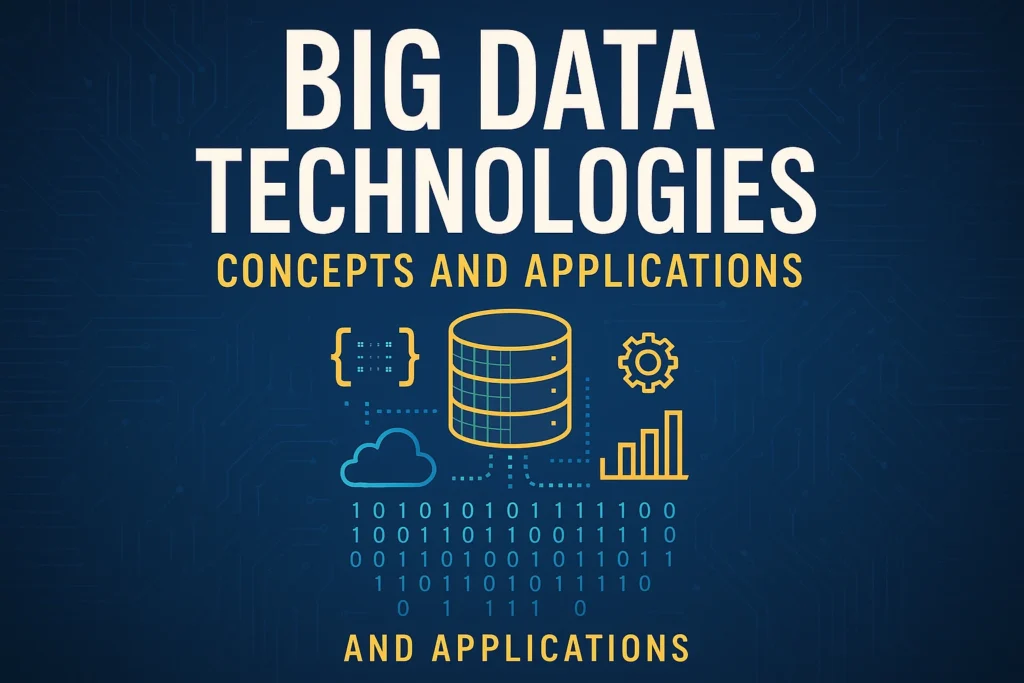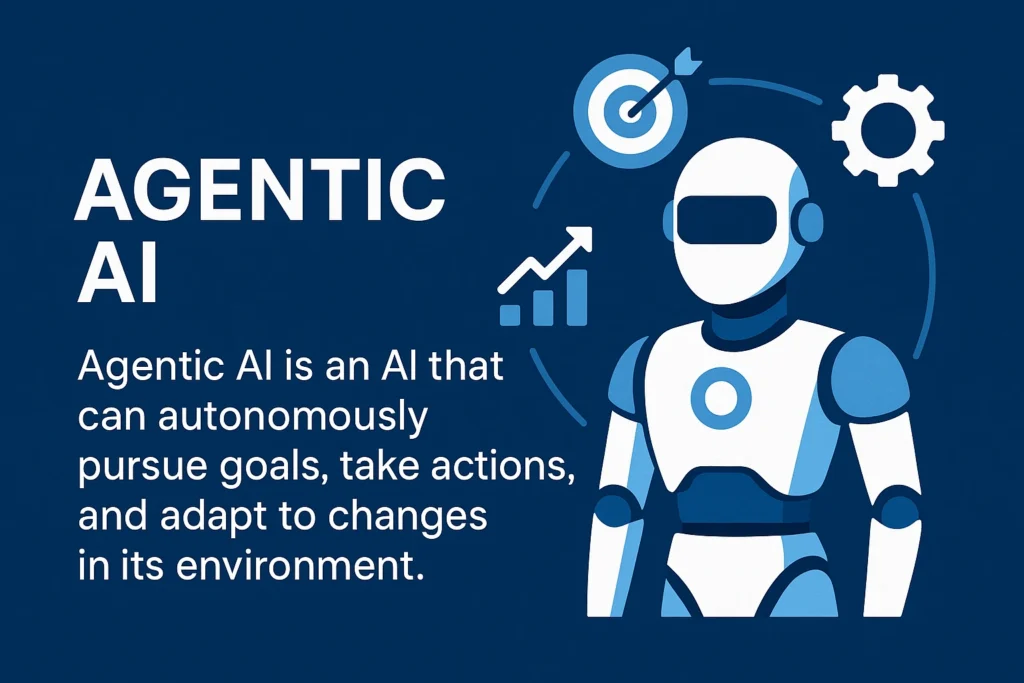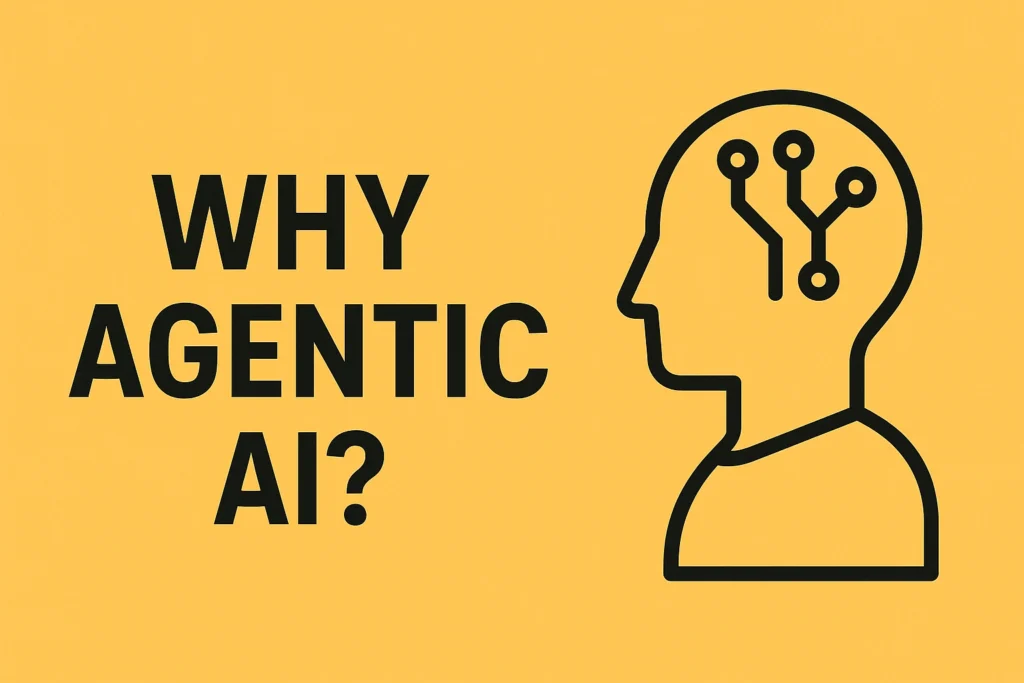Table of Contents
ToggleBig Data Technologies: Concepts and Applications

Key Concepts in Big Data Technologies
This document summarizes information on several key technologies and concepts prevalent in the Big Data landscape. The focus is on understanding their core functionalities, use cases, and benefits.
1. Data Lake: The Flexible Data Reservoir
A Data Lake can be imagined as a "massive digital reservoir" that allows for the storage of "every type of data – structured, unstructured, semi-structured." Unlike traditional databases that require pre-defined structures, Data Lakes offer "incredible flexibility" by allowing users to "swim in the raw data" without prior structuring.
Key Idea:
Data Lakes provide unparalleled flexibility in data storage by accommodating diverse data formats without requiring pre-structuring.
Caution:
The flexibility of Data Lakes comes with a crucial caveat: "If you use data lakes without proper organization and management, your data lake can turn into a data swamp," making it extremely difficult to find specific information.
Benefit:
The inherent flexibility and ability to store all data types offer "potential for powerful data analysis."
2. Apache Kafka: The Real-Time Data Streaming Powerhouse
Apache Kafka is described as a "real-time data streaming powerhouse" capable of handling "massive data volumes." It operates on several key concepts:
- Producer: "Sends data to Kafka topics."
- Topics: "Organizes data like message categories."
- Brokers: "Store and manage data in Kafka clusters."
- Partitions: "Divide topics for parallel data processing."
- Consumer: "Receives and processes data."
- Consumer Groups: "Organized for scalability."
Key Idea:
Kafka facilitates high-volume, real-time data streaming through a structured system of producers, topics, brokers, partitions, and consumers, ensuring scalability and efficient data management.
Use Cases:
Kafka is widely used for "log aggregation, real-time analytics, and data integration." It's also deployed with "IoT devices" and for "streaming ETL (Efficient Data Movement between Systems)."
3. Apache Flume: The Data Ingestion Specialist
Apache Flume is a tool designed for "collecting, aggregating, and moving large amounts of log data to its final destination." It allows users to "create custom flows to suit your need."
Key Idea:
Flume specializes in efficiently moving large volumes of data, particularly log data, from various sources to a designated destination.
Flexibility & Integration:
Flume is described as "very flexible" and capable of integrating with "popular Big Data frameworks."
Use Cases:
Its applications span "log aggregation, data migration, real-time analytics, and many more uses."
Analogy:
The source succinctly calls Apache Flume "your data's best friend if you are in the field of Big Data."
4. Apache Beam: The Unified Data Processing Framework
Apache Beam is an "open-source unified stream and batch processing framework" designed to enhance the "portability and flexibility" of data processing pipelines.
Key Idea:
Beam's core strength lies in its ability to allow users to "write code once and run it on various data processing engines," abstracting away the underlying infrastructure.
Functionality:
Beam provides "simple and expressive APIs" for building data pipelines. Users "provide data transformations in a high-level language," and Beam "takes care to optimize and execute them efficiently."
Benefit:
Beam "abstracts the underlying data processing engines like Apache Spark," simplifying the development process for data engineers and scientists.
5. Databricks: The Turbocharged Big Data Platform
Databricks is a platform that "combines two Big Data technologies: Apache Spark and Cloud Computing." It's likened to "having a supercharged engine that processes and analyzes massive amounts of data."
Key Idea:
Databricks leverages the power of Apache Spark for data processing and integrates it with cloud computing, offering a scalable and efficient platform for big data analytics.
User Experience:
It simplifies the workflow for data professionals, allowing them to "write code in languages like SQL, Python, R, and Scala." The platform handles the underlying complexities, meaning users "don't have to manage servers and large infrastructure."
Cost-Efficiency:
A significant advantage is its "cloud-native" feature, which means "you only pay for what you use," making it "cost-efficient."
Target Audience:
Databricks is "perfect for data scientists and data engineers" as it "turbocharges Big Data processing and analysis" and "simplifies your entire workflow."
Frequently Asked Questions
Big Data Technologies: Concepts, Functions, and Use Cases
Apache Beam is an open-source, unified framework for stream and batch data processing. It's designed to make data processing pipelines more portable and flexible, allowing users to write code once and run it on various data processing engines like Apache Spark. Beam provides simple and expressive APIs for building data pipelines, abstracting the underlying data processing engines and efficiently executing data transformations provided in a high-level language.
Apache Flume is a distributed, reliable, and available service for efficiently collecting, aggregating, and moving large amounts of log data from various sources to a centralized data store or its final destination. Users can create custom flows to suit their specific needs. Apache Flume is used in diverse areas such as log aggregation, data migration, and real-time analytics. It is highly flexible and can integrate with popular Big Data frameworks, making it a valuable tool in the Big Data field.
Apache Kafka is a real-time data streaming powerhouse capable of handling massive data volumes. Its key concepts include:
- Producers: Send data to Kafka topics.
- Topics: Organize data like message categories.
- Brokers: Store and manage data in Kafka clusters.
- Partitions: Divide topics for parallel data processing.
- Consumers: Receive and process data.
- Consumer Groups: Organized for scalability.
Kafka is widely used for log aggregation, real-time analytics, data integration, IoT device data handling, and streaming ETL (efficient data movement between systems).
Databricks is a platform that combines two powerful Big Data technologies: Apache Spark and cloud computing. It acts as a "supercharged engine" for processing and analyzing massive amounts of data. Users can write code in various languages, and Databricks handles the underlying infrastructure. A key feature is its cloud-native nature, meaning users don't have to manage servers and large infrastructure, paying only for what they use, which makes it cost-efficient. Databricks significantly speeds up Big Data processing and analysis, simplifying the workflow for data scientists and data engineers.
A Data Lake can be imagined as a massive digital reservoir where all types of data – structured, unstructured, and semi-structured – can be stored. Data Lakes are incredibly flexible because they don't require any pre-structuring of data before storage, unlike traditional databases which demand a fixed format. This allows users to work with "raw data."
While offering immense flexibility, a significant danger arises if Data Lakes are used without proper organization and management. Without a clear structure, a Data Lake can turn into a "data swamp," making it extremely difficult or even impossible to find specific data within it. Proper organization and management are crucial to harness the potential for powerful data analysis.
Apache Kafka's primary purpose is to act as a real-time data streaming powerhouse, specifically designed to efficiently handle and process massive volumes of data as it's generated. It facilitates real-time data movement and makes it available for consumption by various applications.
Databricks simplifies Big Data workflows by integrating Apache Spark with cloud computing, providing a unified platform for processing and analyzing large datasets. Its cloud-native design eliminates the need for users to manage servers and infrastructure, allowing them to focus on data analysis. This abstraction and simplification of infrastructure management, combined with its cost-efficiency, streamline the entire Big Data processing and analysis workflow for data professionals.


